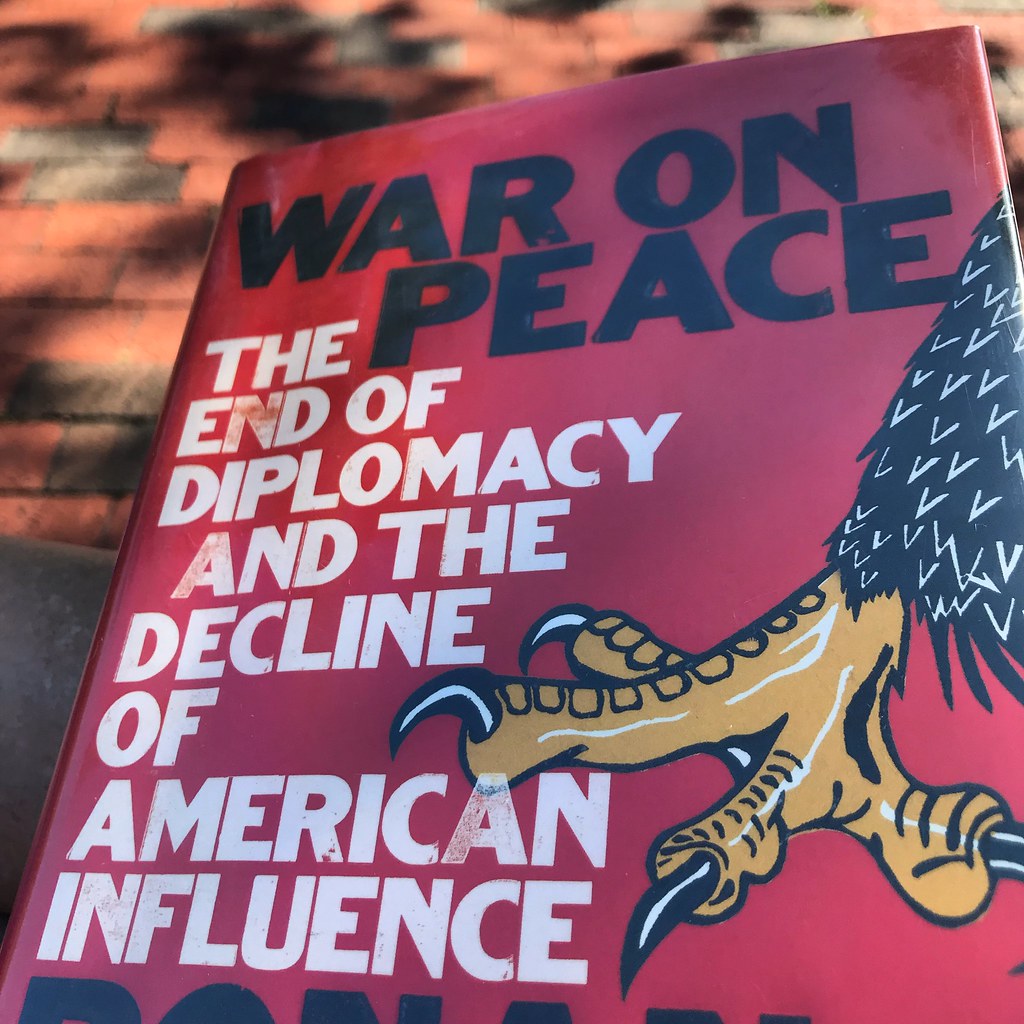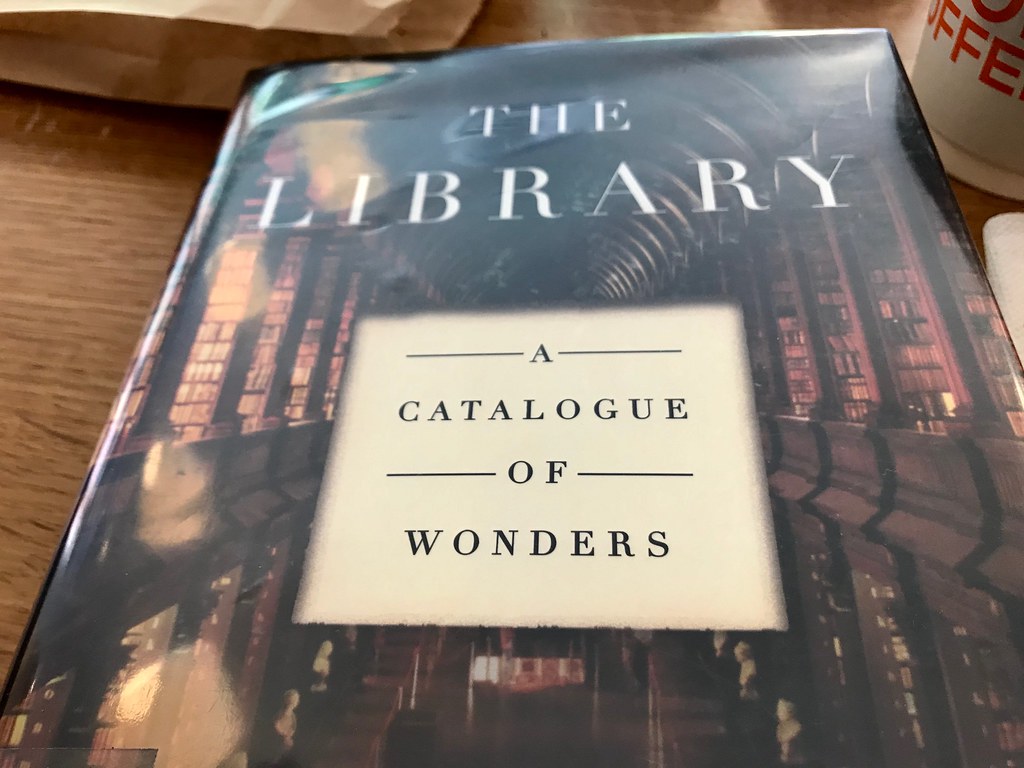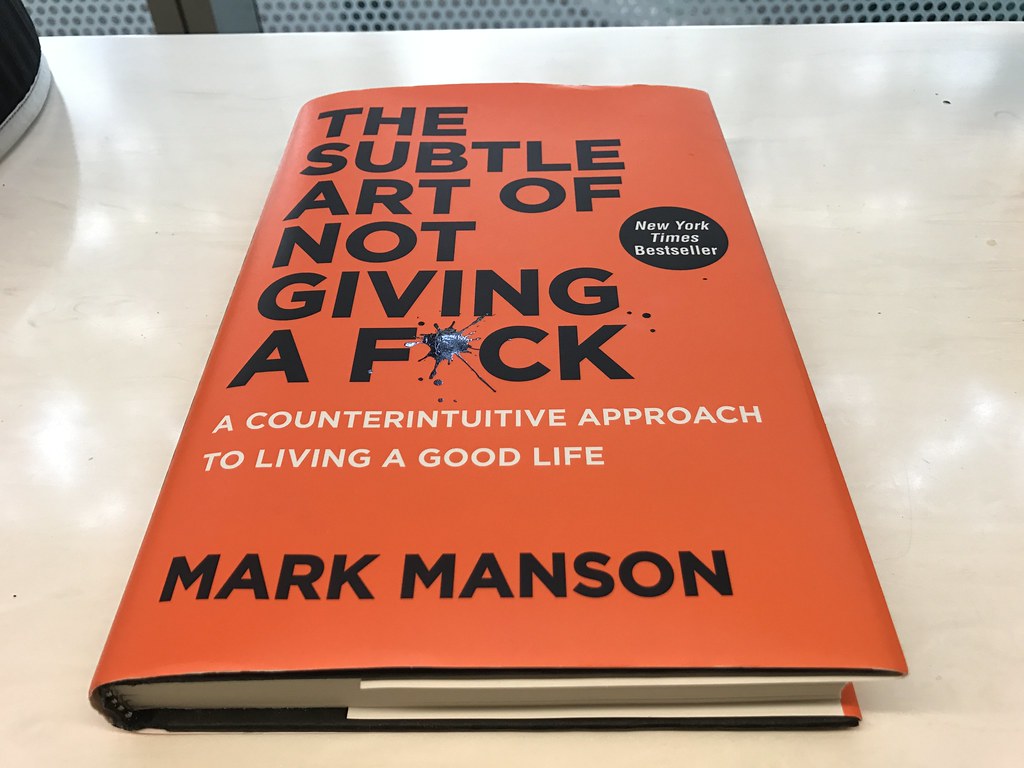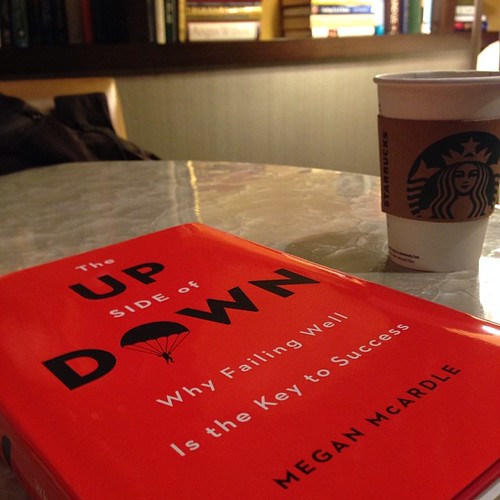 How do you write a novel in a time that’s stranger than fiction?
How do you write a novel in a time that’s stranger than fiction?
Gary Shteyngart demonstrates how in his funny new novel, Lake Success.
Shteyngart is a novelist of decline, previously aiming his lens at the former Soviet Union in Absurdistan. He writes of societies in collapse, his characters powerless to stop the farcical sweep of history.
The rot that began in the East has now come here, personified by Donald Trump, who loiters on the periphery of this book set in the summer of 2016. He’s the disaster that won’t happen, the New Yorkers in the book assure themselves. We, of course, know better.
Shteyngart doesn’t typically write about winners. But he does so in Lake Success, the book centered on a pair of the 1%, a hedge fund manager and his wife. Despite their astronomical wealth, and all the luxuries it can buy, they are unhappy. Their son is autistic, a diagnosis that they refuse to admit to themselves or their families. All the money in the world can’t fix their boy, a situation that sends them both spiraling out of control.
Barry breaks first, making a run for it, with his $2.4 billion hedge fund collapsing and the SEC on his trail. Throwing away his iPhone and going off the grid, he takes a nostalgic journey – on Greyhound – in search of an ex-girlfriend and the path not taken.
New York, New York
Shteyngart is a New York novelist. No one writes better of the delights and terrors of the city. There’s a great passage at the beginning of the book where Barry stumbles into the Port Authority Bus Terminal at 4 AM, drunk, bleeding and incoherent. To the cops stationed there, “he looked just like another New Yorker.”
The bulk of the novel is Barry traveling by bus across the country, meeting a very different world from his hedge fund manager associates. These chapters are not as strong as the New York sections, lacking the detail and emotional connection of his Gotham work. While there are funny vignettes of dead downtowns (Germans on a tour of “The Wire” locations in Baltimore), they seem rushed and superficial.
While Barry goes in search of his past, his wife Seema is left to clean up the mess. After engaging in an affair with a poseur novelist, she’s forced to be truthful with her striving Indian family about her son’s condition. She also must confront the truth of her own life. Is she more than a rich man’s wife?
In Lake Success, Shteyngart writes about Trump without writing about Trump. Barry has benefited enormously from our leveraged economy, memorably described as a man who goes like a thief in the night, stealing a little bit from every house he visits. And, like Trump, he makes and loses immense sums, with little consequence to himself, but enormous consequences to the country as a whole.
Super Sad True Love Story
Despite the topical theme, Lake Success is not his best book about our stranger-than-fiction era.
Super Sad True Love Story is a better novel. Without the burden of the present, Shteyngart creates a New York and a country gone mad, teetering on the edge of financial collapse, and the deluded, dream-like worlds of Americans who don’t realize that their world is about to end. Brilliant, hilarious and heart-breaking, it’s a love letter to a good country that’s about to disappear.
Everything by Shteyngart is worth reading but if I was new to the author, I’d start with Super Sad True Love Story, his masterpiece.









 McArdle’s career illustrates this principle. An MBA who was jobless following 9/11, she (among other activities) started blogging, which led to positions at The Economist, the Atlantic and
McArdle’s career illustrates this principle. An MBA who was jobless following 9/11, she (among other activities) started blogging, which led to positions at The Economist, the Atlantic and